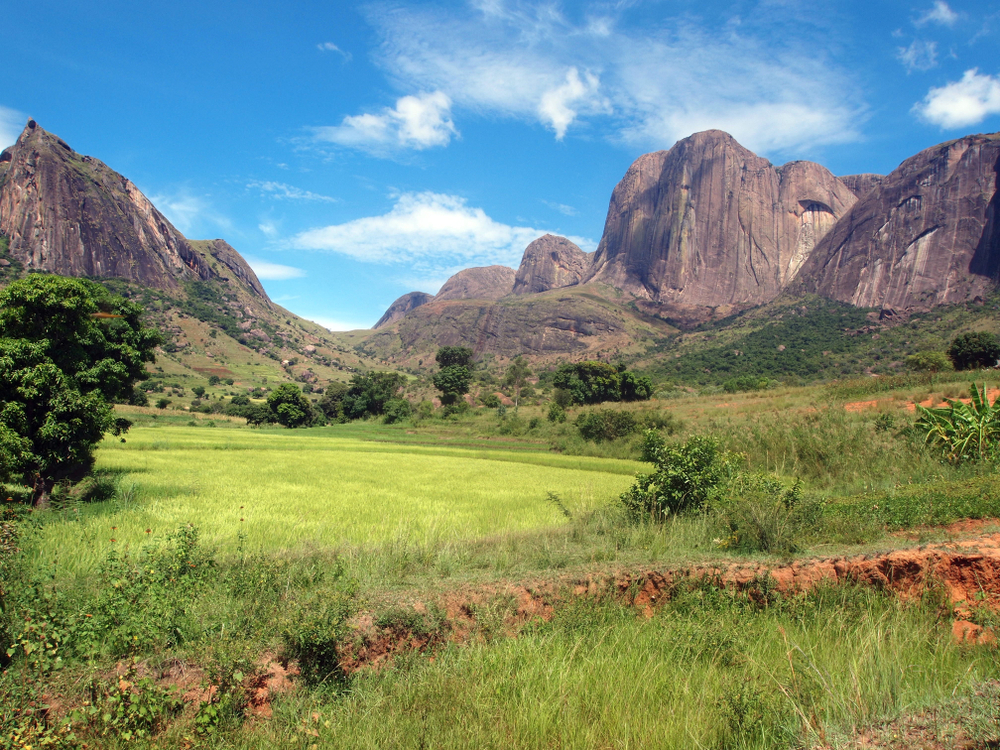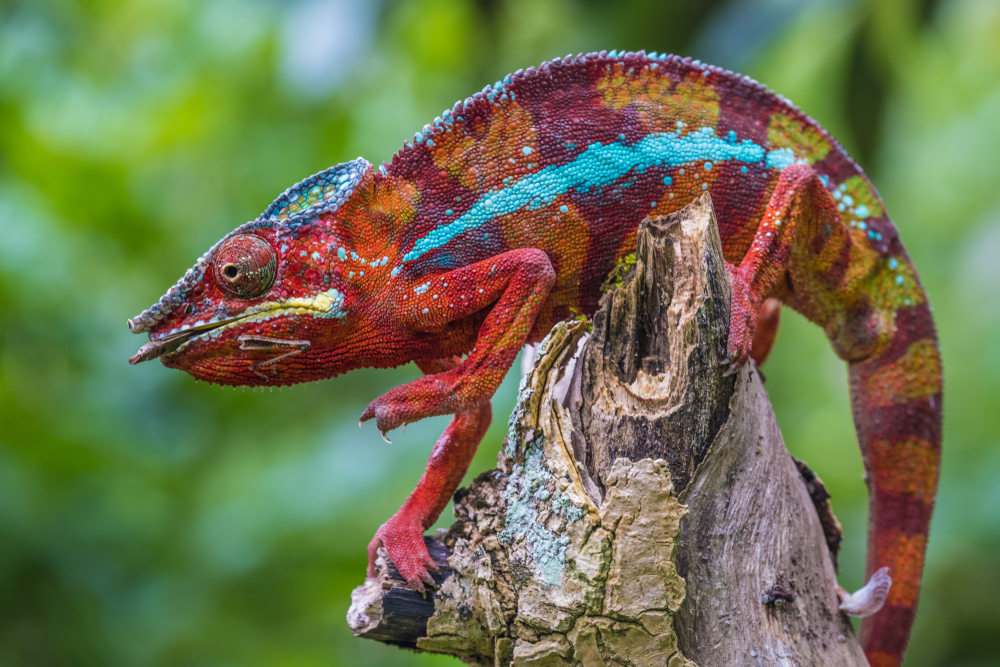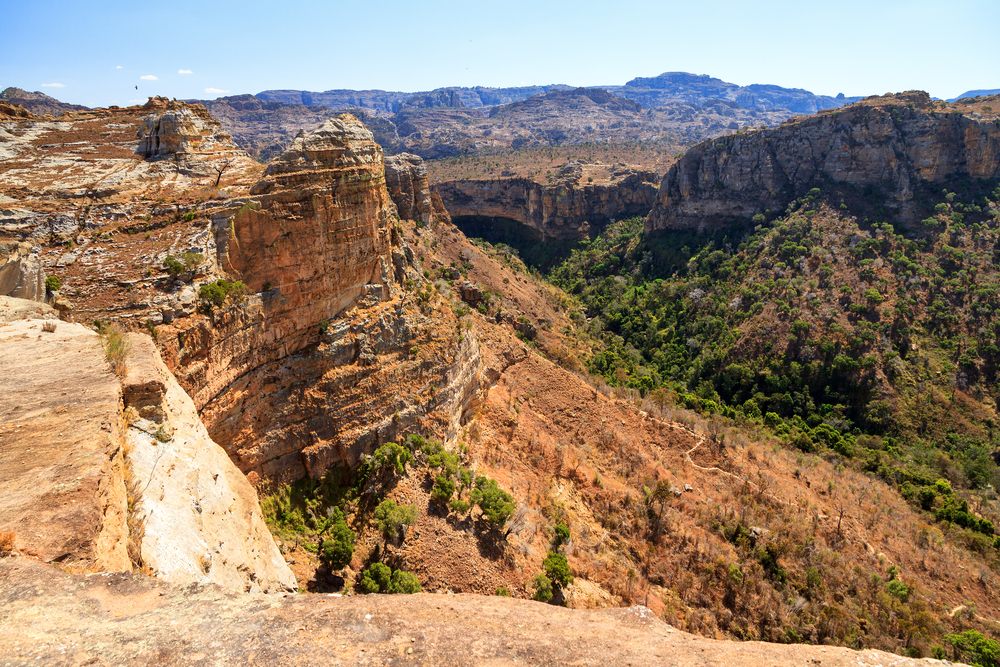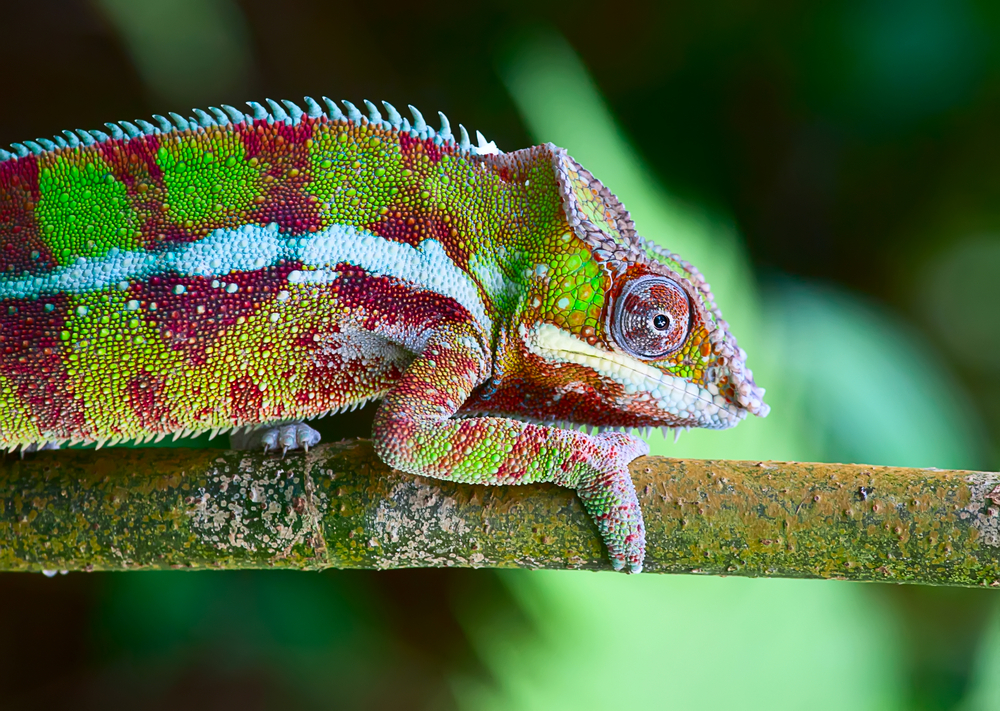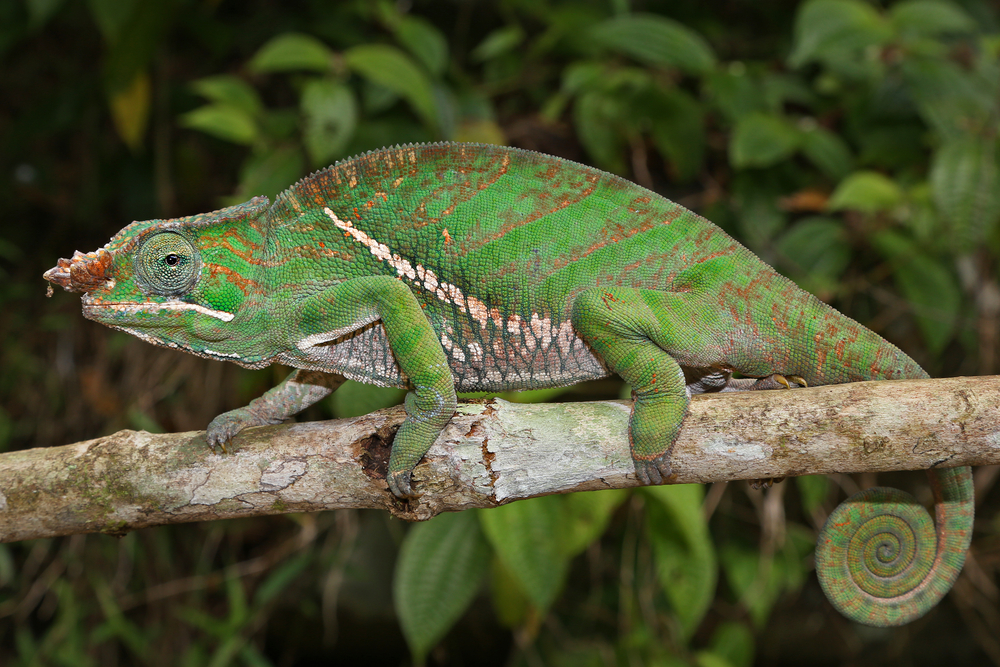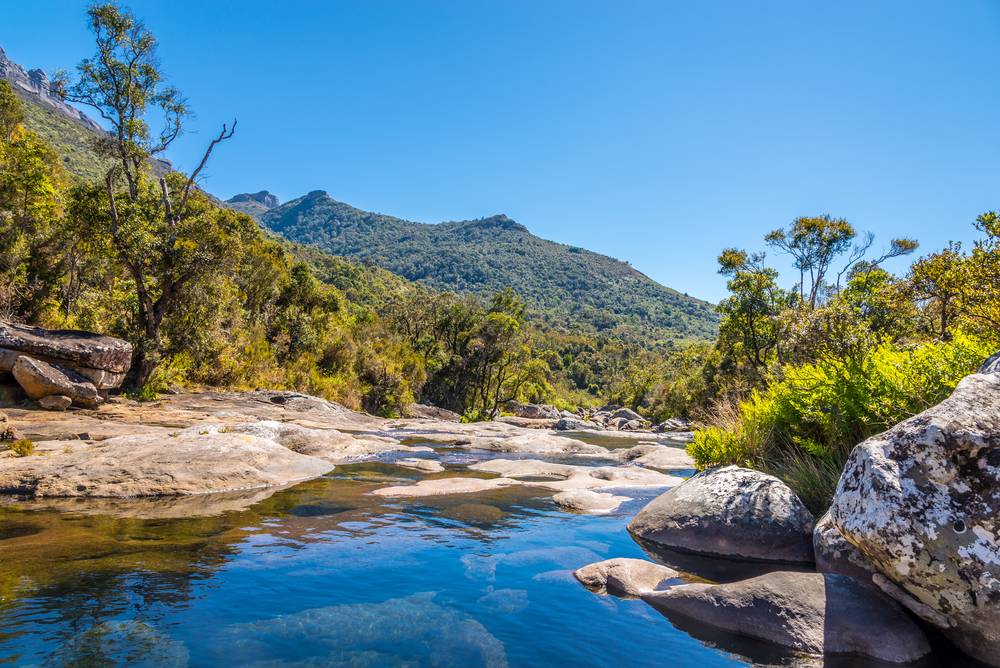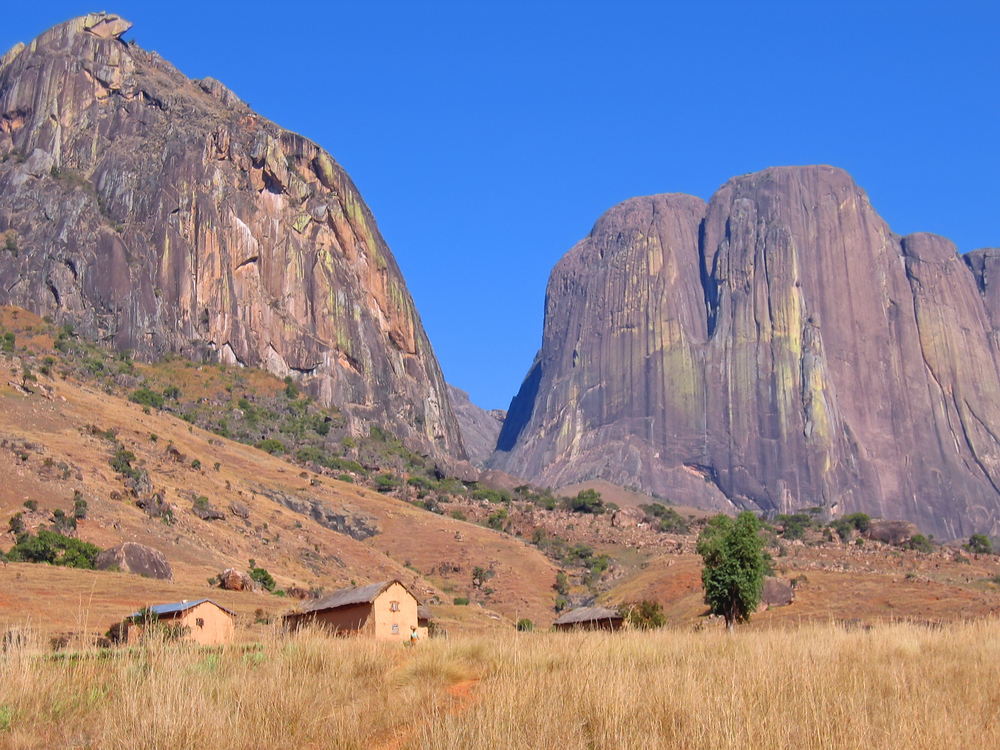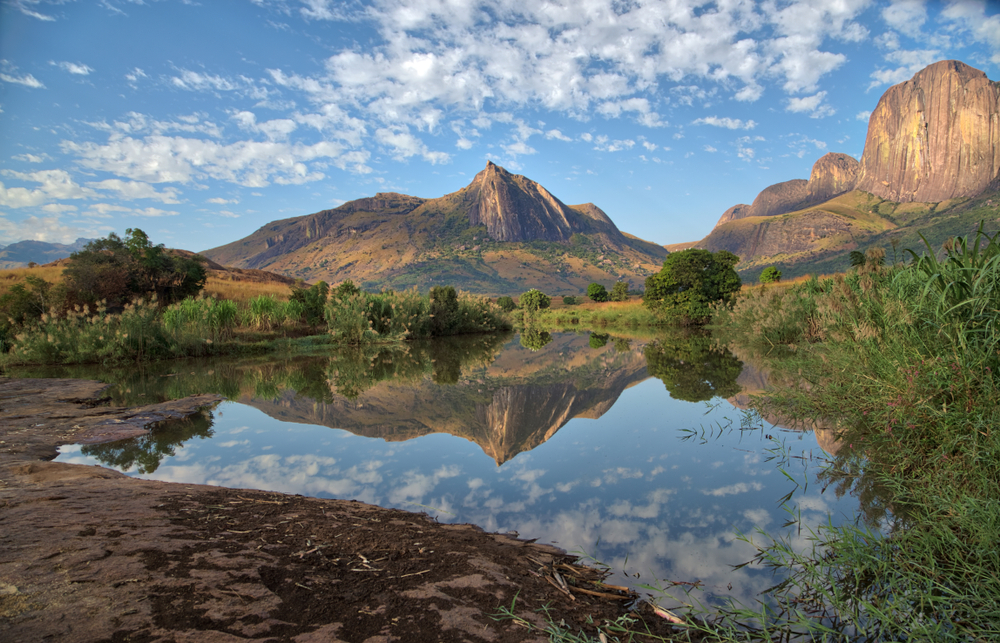Andringitra Overview
Andringitra National Park, nestled in the southeastern region of Madagascar, is an extraordinary landscape of biodiversity and natural beauty. Established in 1999, the park covers an area of approximately 311 square kilometers (120 square miles), making it one of Madagascar’s most important conservation areas. The park’s terrain is characterized by rugged mountains, deep valleys, and a variety of ecosystems that range from lush rainforests to sparse high-altitude grasslands. It is home to the imposing Pic Boby (Imarivolanitra), Madagascar’s second-highest peak, which reaches an elevation of 2,658 meters (8,720 feet), offering challenging hikes and breathtaking vistas.
Andringitra National Park is renowned for its rich biodiversity, including over one thousand plant species, several of which are endemic to Madagascar. The park’s diverse habitats support a wide array of wildlife, notably over a dozen lemur species, such as the ring-tailed lemur and the critically endangered diademed sifaka. Birdwatchers are drawn to the park’s avian diversity, with more than one hundred bird species recorded, making it a vital area for bird conservation on the island.
The park’s landscape is a dramatic showcase of Madagascar’s unique geological formations, including impressive granite outcrops and waterfalls that add to the area’s scenic beauty. This variety of landscapes not only supports a wide range of flora and fauna but also offers numerous outdoor activities for visitors. Trekking and climbing are popular, with trails that cater to all levels of experience, from scenic day hikes to the more demanding ascent of Pic Boby.
Andringitra National Park plays a crucial role in preserving Madagascar’s natural heritage. Its commitment to conservation, combined with the opportunity for sustainable tourism, makes it a model for protecting biodiversity while allowing people to experience and appreciate the natural world. For adventurers, nature enthusiasts, and those seeking solitude in a pristine environment, Andringitra offers an unforgettable journey into the heart of Madagascar’s wild beauty.
Park Map
Andringitra National Park Highlights
Engaging Andringitra
Andringitra National Park Trails
Sources
- Africa Traves, Andringitra National Park, https://africantravels.com/highlights/andringitra-national-park/, retrieved March 2024.
- Africa Worldwide, Andringitra National Park, https://www.wildlifeworldwide.com/locations/andringitra-national-park, retrieved March 2024.
- Madagascar Tourisme, Andringitra National Park, https://madagascar-tourisme.com/en/discover/the-southeast/andringitra/, retrieved March 2024.








































































